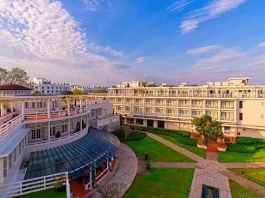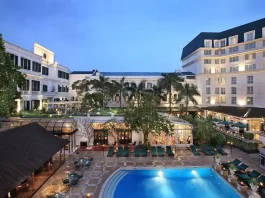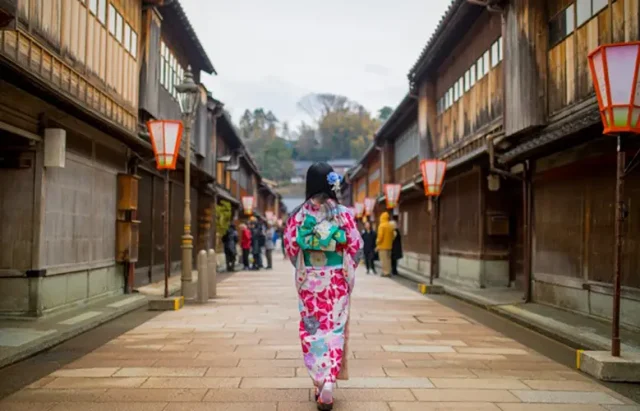
The Obon Festival marks August as one of the most anticipated months in Japan. Obon is an annual ritual, observed from the 13th to the 16th of August in most places around Japan. It is the time in which Japanese families return home to honour the spirits of their deceased ancestors.
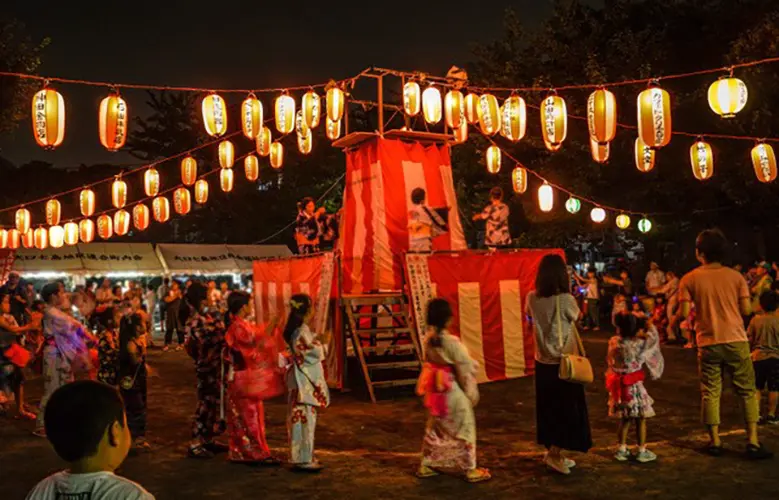
According to tradition, deceased family members return to earth and are welcomed into their descendant’s homes to be worshiped. Fires are set for the welcome and farewell ceremonies, and in between, families visit and clean the deceased family members’ graves, make offerings of fruits and snacks, and perform a bon odori dance to entertain the ancestors. With the return of so many family members, many towns host a festival of music (including taiko drumming), dancing, food stalls selling Japanese street food and games for children. Many in attendance wear yukata, the iconic, cotton, robe-like garments most foreigners likely associate with trips to the onsen.
Japanese custom holds that the light from the fire guides the spirits home, and sends them back to the spirit world. In Nagasaki, Obon ends with families releasing floating lanterns into the water, while Kyoto boasts the largest bonfire over Mt. Daimonji, where a massive, mesmerizing kanji character is set ablaze on the mountainside for all to admire.
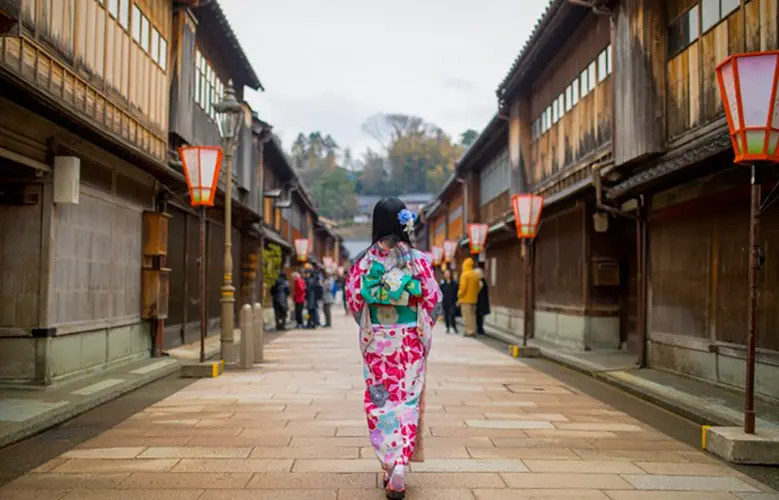
With Obon being foremostly a time to honour tradition, visitors to Japan should consider expanding their August itinerary with visits to some of the country’s most historic sites. Kakunodate in Akita Prefecture remains relatively unchanged since its 1620 founding. Its samurai district showcases the best examples of samurai architecture in Japan and is also renowned for its hundreds of weeping cherry trees. Chiran in Kagoshima Prefecture has been relatively isolated and therefore has been able to preserve the character of its samurai district with houses and gardens dating back 250 years. The Higashi Chaya District of Kanazawa is dedicated to classic teahouses. Nearby is the samurai town of Nagamachi which is lined with well-maintained samurai residences, like Nomura-ke, with its breathtaking garden that you can admire during tea service in the tea house. Taketomi Island in Okinawa is an example of an ancient Ryukyu village with traditional Okinawa-style homes, many of which offer homestays. They are recognized by their red clay roofs adorned with Shisa guardians, small deities that are part lion, part dog. The best way to get around is still the traditional mode of transportation: water buffalo carts!
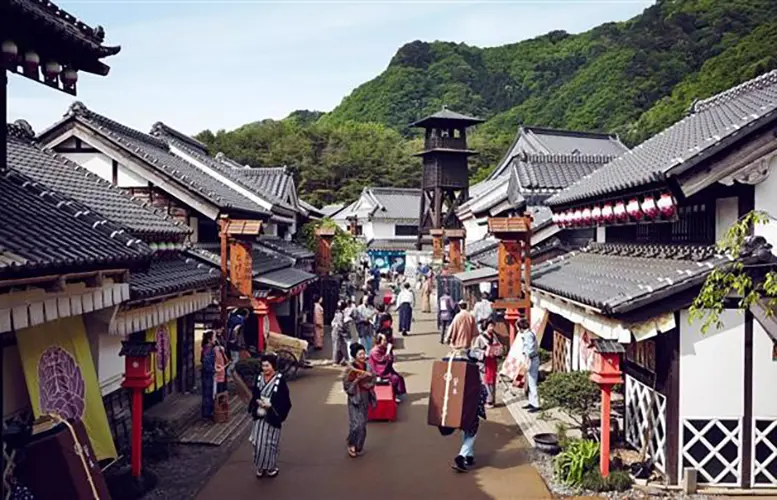
A uniquely unforgettable experience is EDO Wonderland in Nikko. Based on the golden era of the Edo period, the architecture is all Edo style, and the staff (actors) are all dressed in Edo-accurate attire. A kimono rental shop allows visitors to dress up as well and be treated as Edo citizens from the 17th Century. Daily performances include traditionally themed shows, outdoor live shows, street performances, parades, seasonal festivals and special events. In addition to trying out ancient occupations, visiting samurai residences and eating Edo-period cuisine, activities from archery to shuriken (ninja star)-throwing excite the young and the young-at-heart. The ninja maze is a highlight that requires aspiring shinobi to interpret ninja proverbs as they progress through a maze with secret doors and moving panels.
Travel through time in Japan by immersing yourself in ancient festivals and exploring feudal castles, traditional merchant towns and island villages. History awaits you!


